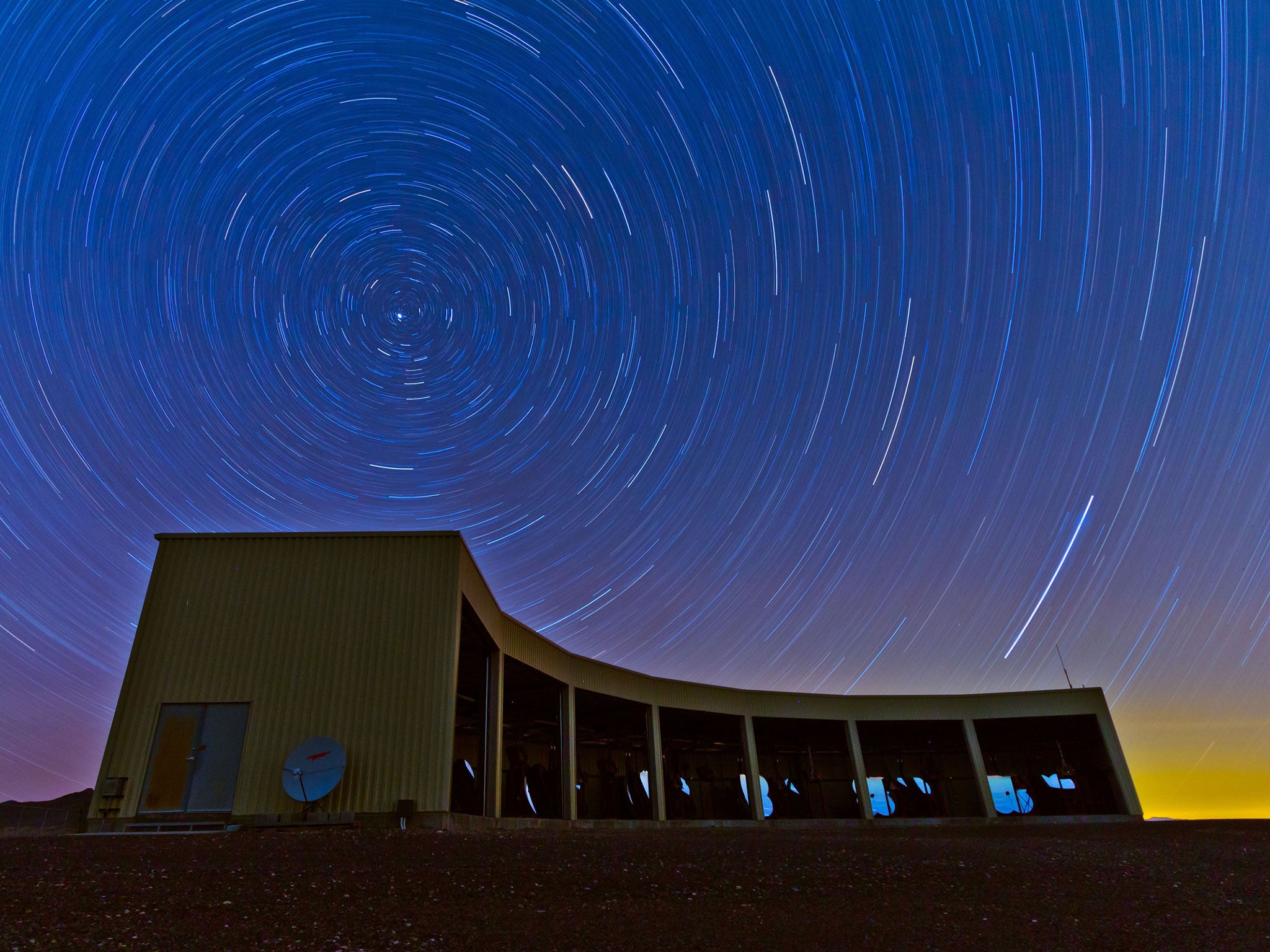Where do cosmic rays come from? Scientists could be closer to finding out with 'hotspot' discovery
A 'hotspot' was discovered near the Plough or Big Dipper constellation

Astronomers could be closer to discovering the mysterious source of cosmic rays after finding a “hotspot” beneath the Plough constellation.
Scientists at a University of Utah observatory found a “disproportionate” number of the high-energy rays emitting from the area.
Gordon Thomson, a researcher at the Telescope Array cosmic ray observatory near Delta, said: “This puts us closer to finding out the sources – but no cigar yet.
“All we see is a blob in the sky, and inside this blob there is all sorts of stuff – various types of objects – that could be the source.
“Now we know where to look.”
The observatory has the Northern Hemisphere’s largest cosmic ray detector.

Between May 2008, and May 2013, it recorded 72 of the most powerful cosmic rays to find the source.
Nineteen came from the direction of the hotspot but only 4.5 would have been expected if they came randomly from all parts of the sky.
The hotspot makes up 6 per cent of the northern sky and is centred in the southwest corner of the constellation Ursa Major, which includes the Big Dipper or Plough.
“The hotspot is a couple of hand widths below the Big Dipper’s handle,” Mr Thomson said.
An article on the “hotspot” discovery will be published in the journal Astrophysical Journal Letters.

The study was carried out by 125 researchers in the Telescope Array project, including scientists from Japan, the United States, South Korea, Russia and Belgium.
Mr Thomson said many astrophysicists suspect ultrahigh-energy cosmic rays are generated by active galactic nuclei, or AGNs, where material is sucked into a supermassive black hole at the centre of a galaxy, while other material is beamed away in a blazar.
Another popular theory is that the highest-energy cosmic rays come from some supernovas that emit gamma rays bursts.
Lower-energy cosmic rays come from the sun, other stars and exploding stars, but the source or sources of the most energetic cosmic rays has been a mystery since they were discovered in 1912.
Despite being called rays, they are actually made up of particles. If an ultrahigh-energy cosmic ray could penetrate the atmosphere and hit someone in the head, a single subatomic particle would feel like being hit in the head by a fast-bowled cricket ball.

Observations by the Pierre Auger cosmic ray observatory in Argentina provide evidence for a weaker hotspot in the southern hemisphere.
If that proves real, Mr Thomson said cosmic rays in the northern and southern hotspots must come from different sources.
Physicists want to expand the size and thus sensitivity of the Telescope Array in Utah to carry on the research.
Join our commenting forum
Join thought-provoking conversations, follow other Independent readers and see their replies
Comments